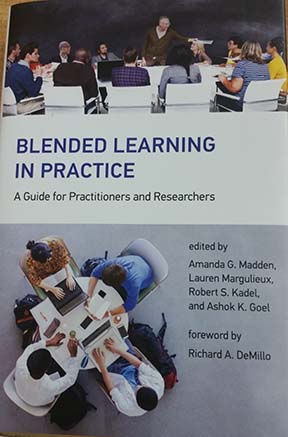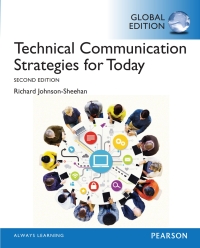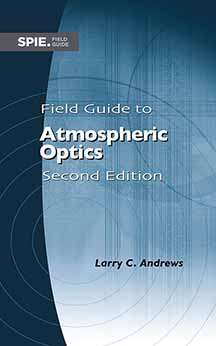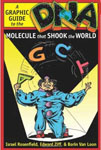Book Details

GUIDE TO MANAGERIAL COMMUNICATION, 10TH ED (PNIE) : .
For undergraduate and MBA courses in Management Communication, Writing, and Oral Presentations. Also a useful reference for Executive Seminars/Workshops.
A brief, professional, reader-friendly guide to improving managerial communication.
Guide to Managerial Communication is a clear,concise, practical text for cultivating effective written and oral communication in a managerial, business, government, or professional context.
Features
Keeping it short, professional, and readable
Material Separated into Four Sections.
Section 1: Communication Strategy (Chapter 1). Effective managerial communication (written and oral) is based on an effective strategy, which is why Chapter 1 focuses on five strategic variables to conside
Section 2: Writing (Chapter 2, 3, 4, and Appendices).
Section 3: Speaking (Chapters 5, 6, and 7).
Section 4: Reference Material (Appendices).
OTHER POINTS OF DISTINCTION
Visual Images: A new section was added on the use of photographs and other visual images.
Citations: A new section has been included on research and documentation of sources.
TMOD: A mnemonic device for introducing slides—TMOD—is included in this edition:Transition,Message, title and OrientDiscuss
New to this Edition
- Communication strategy
- Storytelling
- Channel choice
- Internet research
- Writing in a digital environment
- Writing for small-screen readers
- Progression and linkage
- Overly informal tone
- Remembering your content
- Dealing with the backchannel
- Image-driven slides
- Deck presentations
- Relaxation techniques
- Authenticity
PART I. COMMUNICATION STRATEGY
Communicator Strategy
Audience Strategy
Message Strategy
Channel Choice Strategy
Culture Strategy
Communication Strategy Checklist
Guide to the Guide to Managerial Communication
PART II. WRITING: COMPOSING EFFICIENTLY
General Composing Techniques
Special Composing Challenges
PART III. WRITING: MACRO ISSUES
Document Design for “High Skim Value”
Clear Progression and Linkage
Effective Paragraphs and Sections
PART IV. WRITING: MICRO ISSUES
Editing for Brevity
Choosing a Style
Writing Checklists
PART V. SPEAKING: VERBAL STRUCTURE
Tell/Sell Presentations
Questions and Answers
Consult/Join Meetings
Other Speaking Situations
PART VI. SPEAKING: NONVERBAL SKILLS
Nonverbal Delivery Skills
Relaxation Techniques
Listening Skills
Speaking Checklists
PART VII. SPEAKING: VISUAL AIDS
Designing the Presentation as a Whole
Designing Your Slide Master
Designing Each Individual Slide
Using Visual Aids
APPENDICES
Appendix B: Writing Correctly: Grammar
Bibliography
Index

INTERNET-BASED WORKPLACE COMMUNICATION : INDUSTRY AND ACADEMIC APPLICATIONS (SC)

INFORMATION AND COMMUNICATION TECHNOLOGIES FOR ECONOMIC AND REGIONAL DEVELOPMENTS(SC) : .

BLENDED LEARNING IN PRACTICE: A GUIDE FOR PRACTITIONERS AND RESEARCHERS
Popular Picks on the Month














